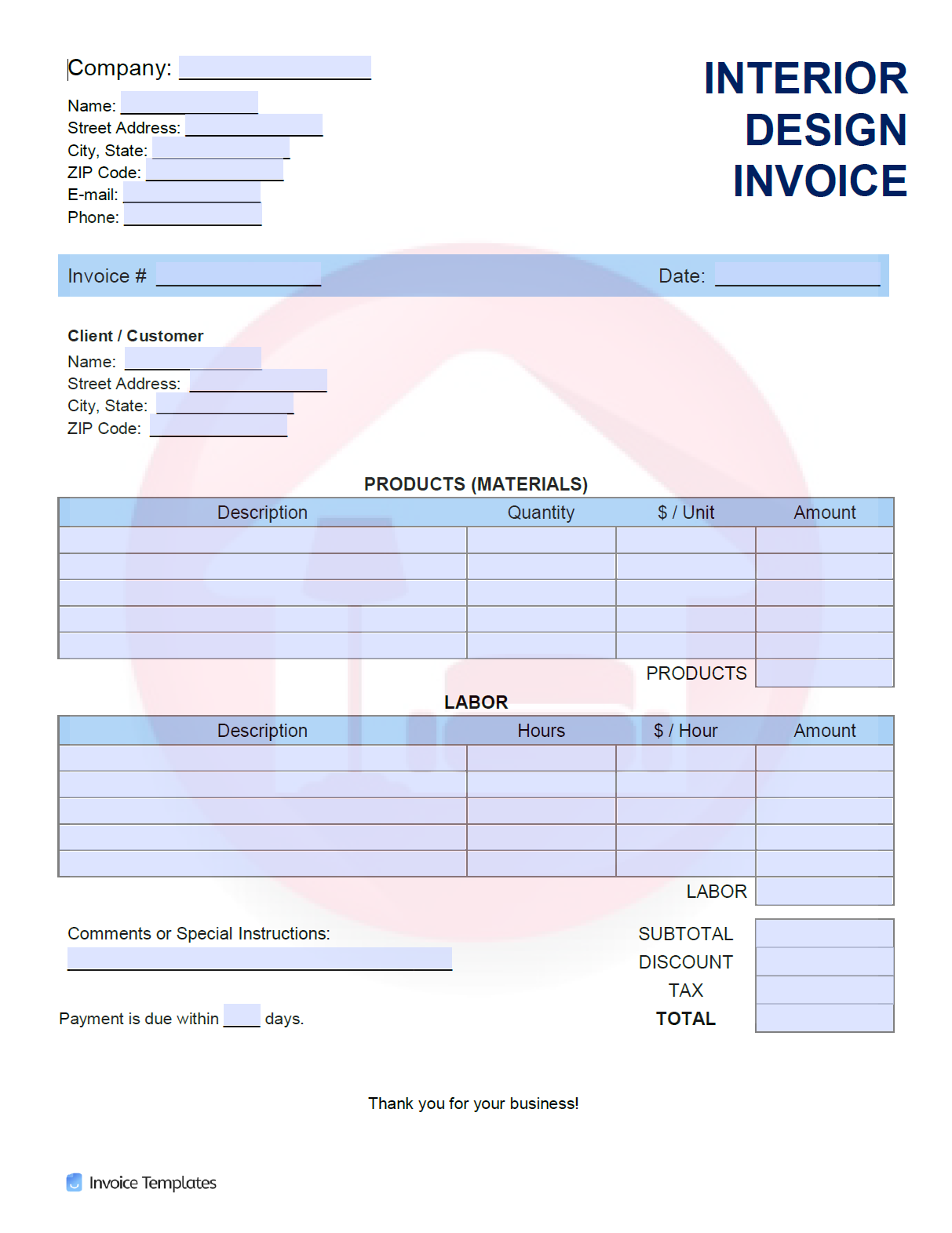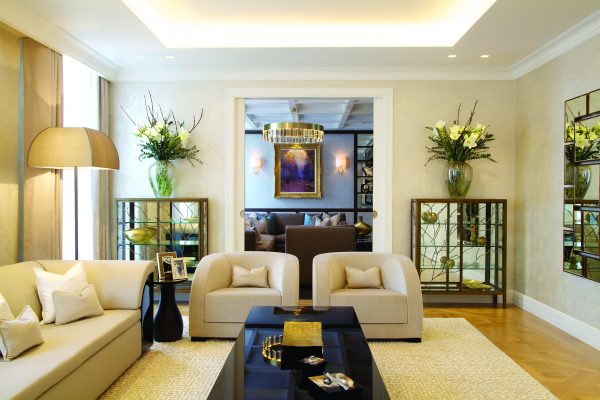Table Of Content

Then, if your budget allows, you can add on other items that you’d like but aren’t necessary. Make sure there’s a bit of wiggle room for unexpected costs like repairs, shipping, or must-have pieces you’ve fallen for. Flat rates can often be more expensive than other types of fee structures.
Interior design fee structure
Their expertise and knowledge of local building codes and regulations make their services more expensive than a decorator. They often work with architects to ensure that the plan is safe and efficient. Designers also have access to planning tools that can help you visualize your space with 3D renderings before you start purchasing big-ticket items. This helps you avoid budget-busting mistakes that result from selecting pieces in the wrong style, scale, or size.
What’s the difference between interior decorators vs. designers?
They’ll also be informed on the most up-to-date, modern interior design trends. Finally, they know how to help someone sell their space or make valuable upgrades to their home by determining which parts of the house to enhance to get the best return on investment. An interior decorator focuses exclusively on décor and will arrange (or purchase new) furniture and accessories for each room. They will choose color swatches and arrange furniture in a way that reflects the desired style and mood of a room.
Make It an Easier Process

A large firm will generally have to charge extra to cover their overhead costs, including the cost of their employees and the cost to operate their showroom. On the flip side, the cost of a self-employed interior designer could be higher than what a firm would charge if that designer is well known in the industry. The average cost to hire an interior designer is between $50 and $200 per hour, in addition to the cost of furniture and accessories, which is marked-up based on their fee structure. Most spend $1,900 to $11,200, or $5 to $12 per square foot for consultation, design work, management, and furnishings. Interior decorators usually charge an hourly rate of $50 to $150 per hour.
Additionally, project scope, labor, quality and quantity of furnishings, geographic location, and additional fees can affect interior design prices. Interior designers are typically more costly to hire than decorators because their services are more extensive and they are often more highly trained. Some designers and decorators may charge for their services using different pay structures, like per hour or a flat fee. The following is a closer look at how various cost factors affect the bottom line. Another option for how an interior designer might choose to set their rate is per square foot of your space that they are working on.
Clients should not go for the cheapest option because it doesn’t guarantee that the project will be completed early. When it comes to the hourly model, you need to charge for every minute that is spent on the project. 2020 software provides end-to-end solutions for designers, manufacturers and retailers that can help you bring ideas to life, inspire innovation and streamline processes. Modsy is a bit more expensive with plans ranging from $159 to $499 per room.
Top 10 Best Interior Designers in Pune (2024) - The New Indian Express
Top 10 Best Interior Designers in Pune ( .
Posted: Wed, 03 Jan 2024 08:00:00 GMT [source]
Accounting Tips for Interior Designers
Our typical fee structure is a design fee of $1,500 per principal room (i.e. living room, dining room, etc, not baths, closets) retail for fabrics, upholstery and lighting, and net plus 25% on antiques. We charge an hourly rate for consultation with the clients' architects. My billing practices are based on a 35% commission over cost to my clients. Then I charge a basic design fee to initiate my contracts of usually $100,000. There is no hourly design or client meeting billing as this is covered with the design fees. Periodical billing is added at $75 per hour for architectural/drafting services.
Interior Designing and Decorating: DIY vs. Hiring a Professional
There is no need to raise that pressure or lower that adrenalin rush! This article will guide you on the best charging models and then you can decide on what works best for your business. Most designers will require a deposit at the beginning of a project, typically 10% although with smaller projects it is sometimes higher. After that, you will pay the remainder in installments which are outlined in the contract and are usually based on project milestones. Keep in mind that designers will sometimes request a 50% payment upfront on all furniture purchases as well.
What Interior Designers Do
Yes, but typically that is reserved for larger commercial or hospitality projects. When billing per square foot, designers do not break out costs of services or furniture, instead bundling them together. This method is only really profitable for large projects that don’t require a lot of customization.
They have access to fabrics, textiles, and more that you need a design license to purchase. If you're looking for a truly unique and individual home, an interior designer is probably the right choice for you. An interior designer is a professional who can not only redecorate a space for aesthetic purposes, but can also assist with redesigning to make a room more functional. It’s not a bad idea to weigh your options and speak to a series of designers to see which ones you vibe with the best and fit your budget. It’s good to keep in mind that an interior designer may ask you to sign a contract or pay a deposit before working with you. If that’s the case, you should consider hiring an interior designer to help you polish off your home and make it perfect for you.
Designers of large spaces typically charge $5 to $15 per square foot. Pros that set rates by the square foot often have a minimum fee for smaller spaces like a bedroom or bathroom. Interior designer costs are $8,178 on average and range from $2,057 and $14,656. Whether you pay a lot or a little depends on factors like the size of your project, materials used, and exactly how well-known your designer or decorator is. Having a knowledgeable professional to help you navigate the design process can make things less stressful and will often save you time and money. If you find that you are particularly indecisive, don’t have much time on your hands or are looking to undertake a large project, an interior designer can be well worth the added cost.
While hourly, per-square-foot, and flat-rate fees will likely be the bulk of your interior designer costs, other fees and costs may be involved in hiring an interior designer. According to Angi, some designers charge an initial consultation fee of $150 to $500. This fee covers the time they spend coming up with a full quote and discussing the project's many details. Another interior designer cost may be commission on material, ranging from 10% to 40%.
And although the experience may not feel quite as personal, it may be a great option if you’re on a budget. Commercial designers prefer to charge by the square foot, with a range of $5 to $15. This is because spaces 5,000 square feet and larger make this method more profitable than a flat rate per room. The cost of an interior design consultation fee can vary depending on how experienced your firm is, the length of the project, and if you plan on adding décor or furniture into the project. Sometimes you can get the furniture, décor, or furnishings at a discount from retailers but you can charge the full-service fees to the customer. Interior designers have a broader scope of work than interior decorators.
It’s important to have a clear contract of designer expectations (ie. services, communication, hours, etc.). The first helpful thing to do in determining how much an interior designer costs is to answer some basic questions before hiring a traditional or online interior designer. However, it does leave room for an interior designer to choose more expensive products and services. It is recommended for a homeowner to select their own contractors and purchase their own building and other materials to bring down the cost of interior design. This fee structure is calculated according to a charge for every hour that the interior designer spends on the project.
Or in some cases a designer will split their trade discounts with their client and not include a markup. One designer actually told me that she was sure that her clients knew that there was a markup of 25% so she didn’t say anything. (An agreement protects both you and your client and provides invaluable clarity.) You can imagine the repercussions if her clients found out and didn’t “know” as she thought they did. Rates range per city, per state, per country, and per level of experience.
I like to offer a fixed or flat fee to be paid in full at a lesser rate than another payment option so it incentivizes my client to pay upfront and then I move extra quickly to get the project wrapped up. In today’s marketplace, clients, more than ever before, want costs to be controlled and they want to avoid surprises. They also have unprecedented access both online and offline to goods and materials that used to be the exclusive domain of the designer. The rates I’m going to share here will protect your bottom line and give you confidence while your client will feel comfortable paying you for your value in a clear and understandable way.

No comments:
Post a Comment